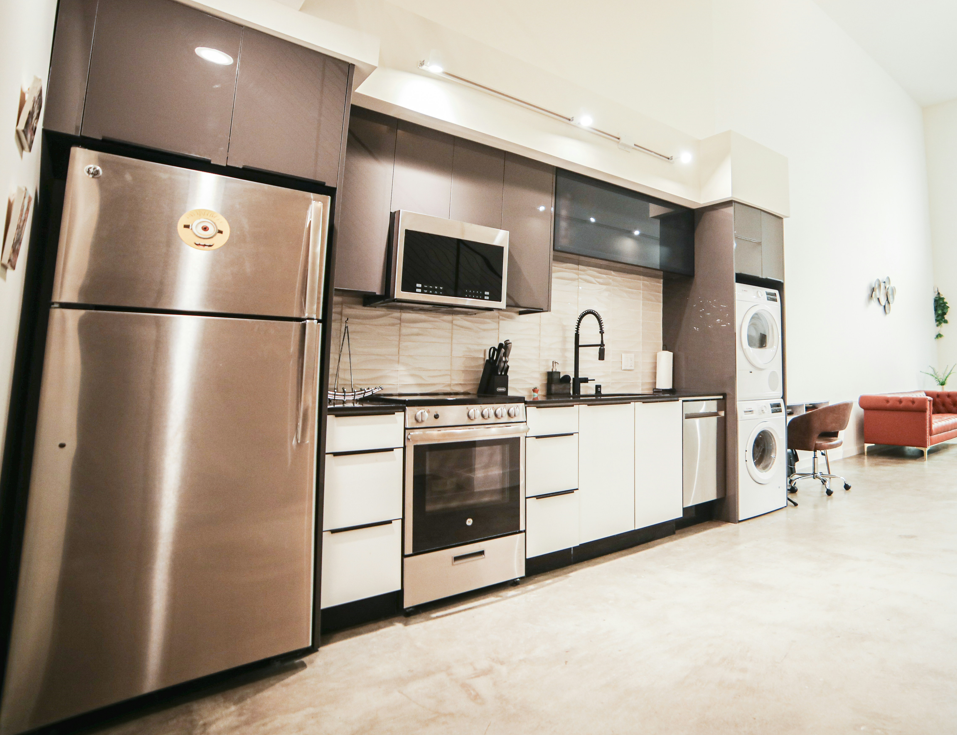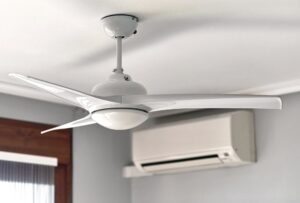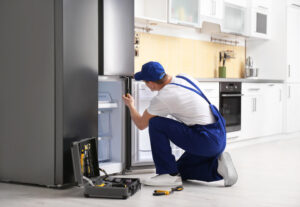If you’re looking to tame your skyrocketing energy bills, understanding what appliances use the most power is the first step. Heating systems, water heaters, and refrigerators often lead the list. Discover these and other significant energy consumers in your home with our comprehensive guide, which outlines effective strategies for curbing their power draw.
Key Takeaways
- Home energy consumption is influenced by various factors such as weather, home characteristics, and individual habits, with heating and cooling systems being the largest energy users, up to 50% of total use.
- Key home appliances like water heaters, refrigerators, washers, and dryers are substantial energy consumers, with strategies like reducing water heater temperatures and using cold water for laundry available to improve energy efficiency.
- Efforts to diminish standby power consumption, maximizing the use of energy-efficient lighting, and leveraging renewable energy sources like solar panels can lead to significant reductions in electricity costs and environmental benefits.
Unlocking the Secrets of Your Home’s Energy Consumption
To get a grasp on your home’s total energy consumption, start by identifying the influencing factors. Everything from outdoor temperature and home characteristics to individual habits can impact your energy bills. For instance, a cold winter day might push you to crank up your heating system, or a large family might mean more loads of laundry, both leading to increased energy consumption.
So, how can we measure our home’s energy use? Luckily, we have handy tools like electricity usage monitors, home energy monitors, and plug-in power meters that can help us track our energy consumption. Monitoring our energy usage will highlight areas where energy saving and thus reducing our electricity bills is possible.
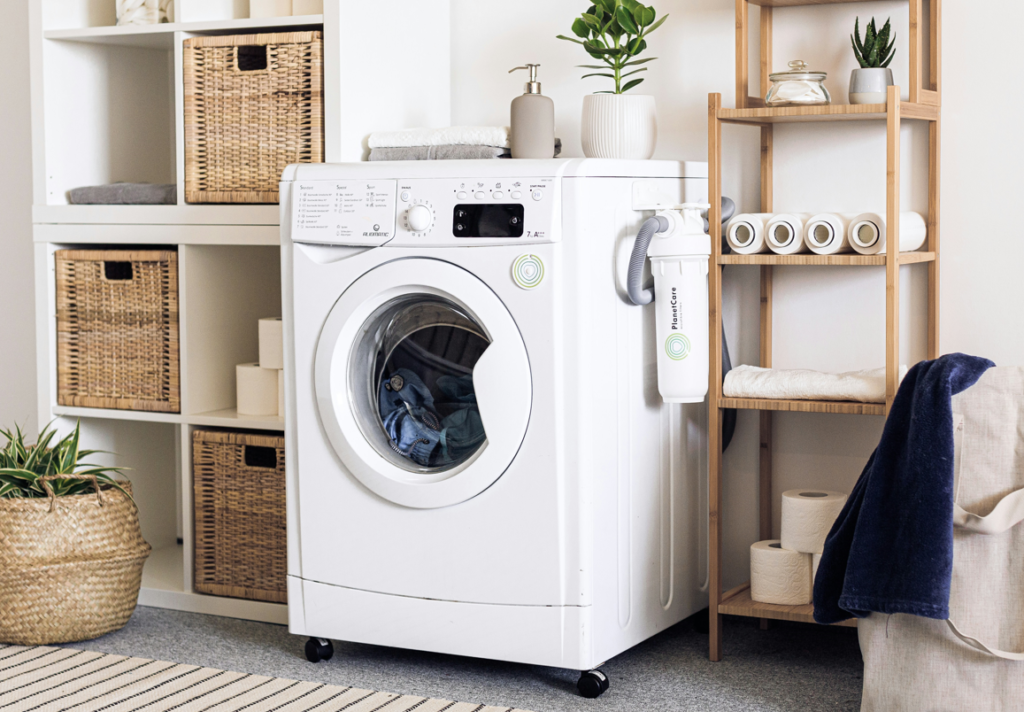
The Heavyweights of Household Energy Use
A deeper investigation will reveal the top energy-consuming appliances and systems in our homes, which use the most electricity. You might be surprised to learn that heating and cooling systems hold the heavyweight title, accounting for approximately 25% to 40% of the overall energy usage in most households. But that’s not all! Other significant energy guzzlers include water heaters and refrigerators, not to mention our beloved consumer electronics.
We should examine these heavyweights more carefully.
Climate Controllers: Heating and Cooling Systems
Heating and cooling systems are like the lungs of our homes. They work tirelessly to keep our homes comfortable, but their constant activity comes at a cost. These systems can contribute to 20% to 50% of the energy consumption in homes.
The energy efficiency of these systems can be influenced by a variety of factors, including:
- Fan settings
- Indoor air quality requirements
- Outdoor air temperature
- Condition of air ducts
But there’s good news! A programmable thermostat can reduce annual heating and cooling costs by up to 10 percent.
Domestic Hot Water Heaters: The Invisible Energy Guzzlers
Now we shift our focus to one of the unsung heroes of our homes – the hot water heater. This humble appliance works quietly in the background, providing us with warm showers and clean dishes, all while consuming a significant amount of energy. On average, a domestic hot water heater operates for 3 to 5 hours per day, accounting for 15% to 27% of a household’s energy bill.
Here’s a hot tip – the size of your water heater matters! If it’s too large, it may use excessive energy to heat a smaller amount of water than necessary. Conversely, an undersized heater may consume more energy trying to meet hot water demand. Decreasing the water heater temperature by 20 degrees can feasibly reduce the appliance’s energy consumption by up to 10 percent. Now that’s a warm thought!
Culinary Power Consumers: Kitchen Appliance Energy Dynamics
Leaving heating and cooling behind, we enter the kitchen – a hub of culinary magic and significant energy consumption. Here, home appliances like the refrigerator, stove, and oven are key players in the major appliances energy use game.
For instance, an oven’s power consumption can range between 2,000 and 5,000 watts. Gas stoves, on the other hand, are more energy-efficient than their electric counterparts. A deeper dive into these culinary power consumers is necessary.
Refrigeration Rundown: Keeping Cool Efficiently
Ah, the refrigerator – a constant companion that keeps our food fresh and our drinks cool. But have you ever thought about its energy consumption? A typical refrigerator consumes between 100 and 800 watts of electricity. Size and age are two key factors that influence a fridge’s energy usage – larger refrigerators and older models tend to consume more energy.
However, techniques exist to keep your cooling costs down. Adjusting your refrigerator’s temperature to the recommended +5 °C can optimize its energy efficiency. So, by keeping your fridge cool, you can also keep your energy bills cool!
Cooking Costs: Stove and Oven Energy Expenditure
Now let’s turn up the heat and look at stoves and ovens. Here are some key points to consider:
- A typical oven consumes between 2,000 and 5,000 watts of power
- When you activate the self-cleaning feature, that number rises even further
- Gas stoves are more energy-efficient than electric ones
How can we reduce the energy expenditure of our stoves and ovens? Well, size matters here too. Smaller appliances typically consume less power compared to larger ones. So, next time you’re cooking up a storm, remember – smaller could be better!
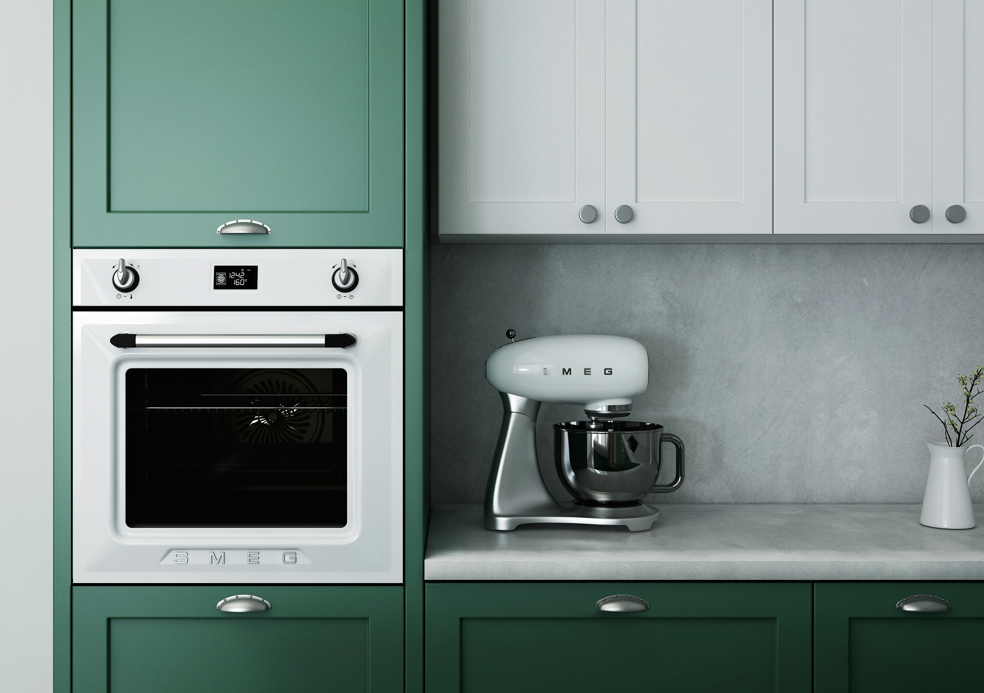
Laundry Room Energy Analysis: Washing Machines and Dryers
Imagine a week without a washing machine or a dryer. The thought alone might make us appreciate these unsung heroes of our homes more. However, these conveniences come at a cost. The typical energy consumption of a washing machine is around 85Wh per load, and a clothes dryer consumes between 1,500 to 5,000 watts of electricity.
However, strategies exist to lessen the impact. Did you know that the most energy-efficient setting for washing machines is using cold water? This is because 80-90% of the energy they use is usually for heating the water. So, by making some smart choices, you can keep your clothes clean and your energy bills cleaner!
Illuminating Savings: The Impact of Lighting on Your Energy Bill
Now, let’s illuminate another significant contributor to your energy bill – lighting. Believe it or not, lighting typically accounts for 10% of a household’s electricity bill. But there’s a bright side – you can reduce this by making smarter choices.
LED lights, for instance, consume more than 75% less energy than traditional incandescent bulbs, significantly reducing light bulbs energy use. Transitioning to energy-efficient lighting could yield approximately $225 in annual savings on your energy bill. Now that’s an illuminating thought!
Entertainment or Energy Drain? Media Equipment Electronics Usage
After a long day, nothing beats kicking back and enjoying some entertainment. But this comfort comes with an energy cost. Home entertainment equipment, including televisions, is one of the most energy-intensive media devices in residential settings. A home theatre system, for instance, can consume around 244 watts.
However, giving up your favorite shows is not required to save energy. Simple measures like turning off and unplugging electrical appliances when not in use can greatly reduce their energy consumption. And by using energy-saving settings, you can enjoy your entertainment guilt-free!
Standby Mode Energy Stealth: Identifying and Reducing Vampire Power
Now we address a hidden energy consumer lurking in every home – standby power, also known as vampire power. This is the energy consumed by electronic devices when they are turned off or not executing their primary function. Appliances like televisions, printers, and microwaves are known culprits.
Battling this energy stealth involves simple practices like:
- switching off power strips
- unplugging appliances when not in use
- selecting energy-efficient appliances
- employing strategic usage practices
These steps can help in the fight against vampire power.
Harnessing Renewable Energy: The Role of Solar Panels in Reducing Electricity Costs
Continuing the exploration of ways to reduce our energy consumption, the potential of renewable energy cannot be overlooked. One shining example of this is solar panels. While the initial cost of implementing solar panels for a residential property is significant, this investment can substantially enhance the property’s value and contribute to reducing future energy costs.
A household solar panel system can generate an average of 2 kilowatt-hours (kWh) of electricity daily, leading to significant long-term reductions in electricity costs. Moreover, solar energy offers substantial environmental benefits. It produces electricity without generating noise, air pollution, or water pollution, and aids in reducing greenhouse gas emissions, thereby helping to alleviate the impacts of climate change.
Optimising Home Efficiency: Energy Star Certified Electronics and Beyond
Approaching the end of our journey, it’s time to comprehend Energy Star certified electronics and their role in optimizing home efficiency. These products, which have been tested and certified by the EPA, can enhance home energy efficiency by consuming 10-50% less energy than standard models.
Identifying these products is as simple as looking for the Energy Star label or using the Energy Star Product Finder website. So, by choosing Energy Star certified appliances, you’re not just saving on your energy bills, but also contributing to a greener planet.
Reduce Your Energy Costs with Mr Sparky
If you’re concerned about energy usage in your home and you want to make sure that your appliances and electricial systems are as energy efficient as possible, get in touch with us here at Mr Sparky.
Our professional electricians in Sydney are here to help you take care of your electrical needs. Give us a call on 1300 770 771.
Frequently Asked Questions
What 3 appliances consume the most electricity?
The top three appliances that consume the most electricity in a household are heating and cooling appliances, water heaters, and lighting. Heating and cooling alone account for 45-50% of household electricity consumption.
What appliance uses the most electricity in Australia?
Heating and cooling systems use the most electricity in the average Australian home, accounting for around 40% of household energy use. This information is according to YourHome.gov.au.
How do I know which appliance uses the most electricity?
To know which appliance uses the most electricity, you can use online tools like the Energy Rating Calculator to determine the energy usage and estimated running costs of your appliances, by inputting their brand and model.
How can I reduce the energy consumption of my refrigerator?
To reduce your refrigerator’s energy consumption, adjust its temperature to the recommended +5 °C. This simple step can significantly lower energy usage.
What is standby power and how can I reduce it?
You can reduce standby power, also known as vampire power, by switching off power strips and unplugging appliances when not in use, which will help you save energy and reduce your electricity bill.


